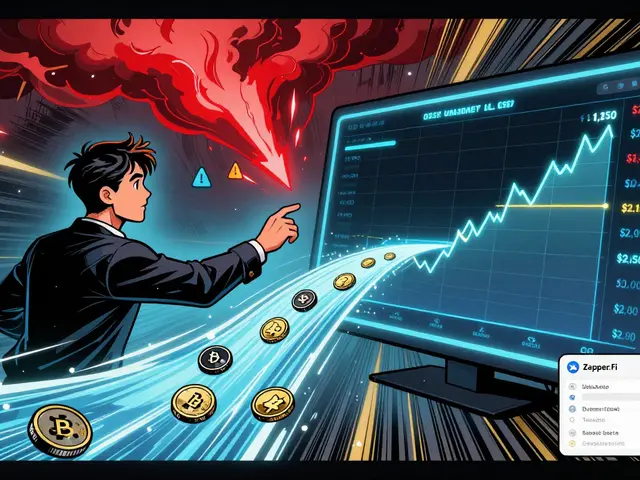Perpetual Trading: A Practical Overview
When working with perpetual trading, a derivative that mirrors a futures contract but never expires. Also known as perpetual futures, it lets traders keep positions open indefinitely, paying only funding fees. If you're curious about perpetual trading, you’re in the right place. Leverage, the use of borrowed capital to amplify exposure is a core feature, letting you control a larger position with a fraction of the capital. This model encompasses futures contracts, standardized agreements to buy or sell an asset at a set price in the future, but removes the expiration date, so funding rates keep the contract price tethered to the spot market. The result is a high‑speed, high‑risk playground where price swings can turn tiny margins into huge gains—or rapid losses.
Key Concepts in Perpetual Trading
Understanding margin, the collateral you lock up to open a leveraged position is essential because it directly determines your liquidation threshold. When market moves against you, the exchange automatically closes your position if your margin falls below the required level—this is known as liquidation, the forced closing of a leveraged trade to protect the lender. The relationship can be expressed as: perpetual trading requires margin; margin influences liquidation risk; and leverage magnifies both potential profit and loss. Traders often set stop‑loss orders to pre‑emptively manage liquidation risk, but the rapid funding adjustments on popular crypto exchanges mean you must monitor positions continuously. Choosing the right leverage ratio—commonly 5x, 10x, or even 50x—depends on your risk tolerance, market volatility, and the specific asset’s funding rate. Higher leverage means tighter margins and an increased chance of liquidation, especially during sudden price spikes.
Beyond the mechanics, practical strategy matters. Most crypto exchanges now offer built‑in tools for tracking funding rates, margin requirements, and real‑time liquidations, making it easier to stay ahead of market shifts. Pairing technical analysis with an awareness of funding fee cycles can help you time entries and exits more effectively. Additionally, diversifying across several perpetual contracts—like Bitcoin, Ethereum, or popular altcoins—spreads risk, while keeping an eye on overall portfolio exposure prevents over‑leveraging a single position. The articles below dive into specific coin profiles, exchange reviews, and risk assessments that complement this foundational guide. Armed with this context, you can choose the right platform, set appropriate leverage, and manage margin to keep liquidation at bay as you explore the fast‑moving world of perpetual trading.

An in‑depth review of Superp crypto exchange covering its perpetual products, $SUP token utility, ultra‑high leverage, risk‑management, and how it stacks up against rivals.
Continue Reading





